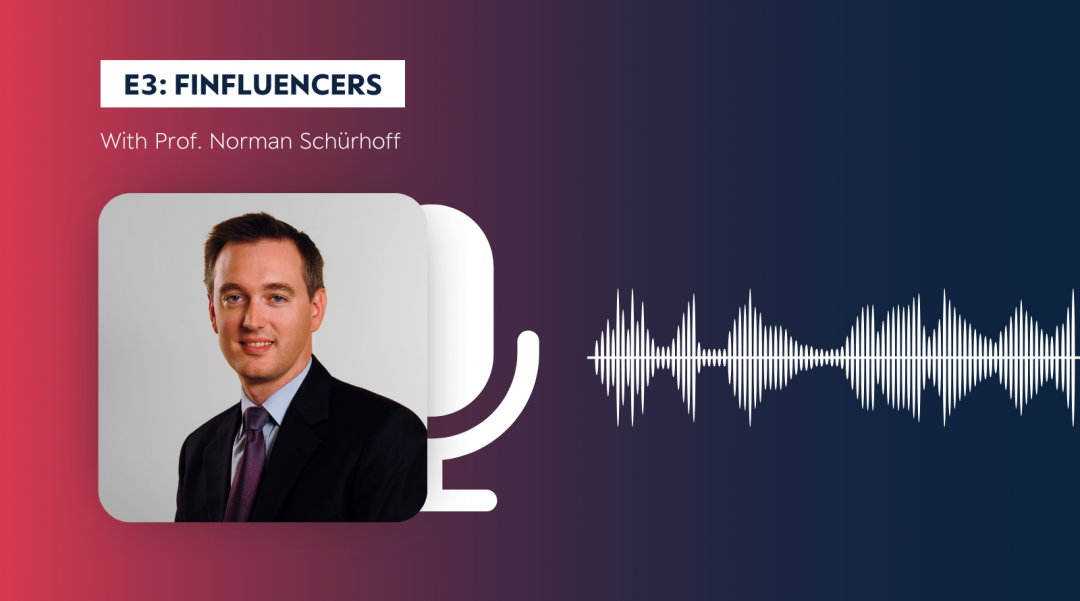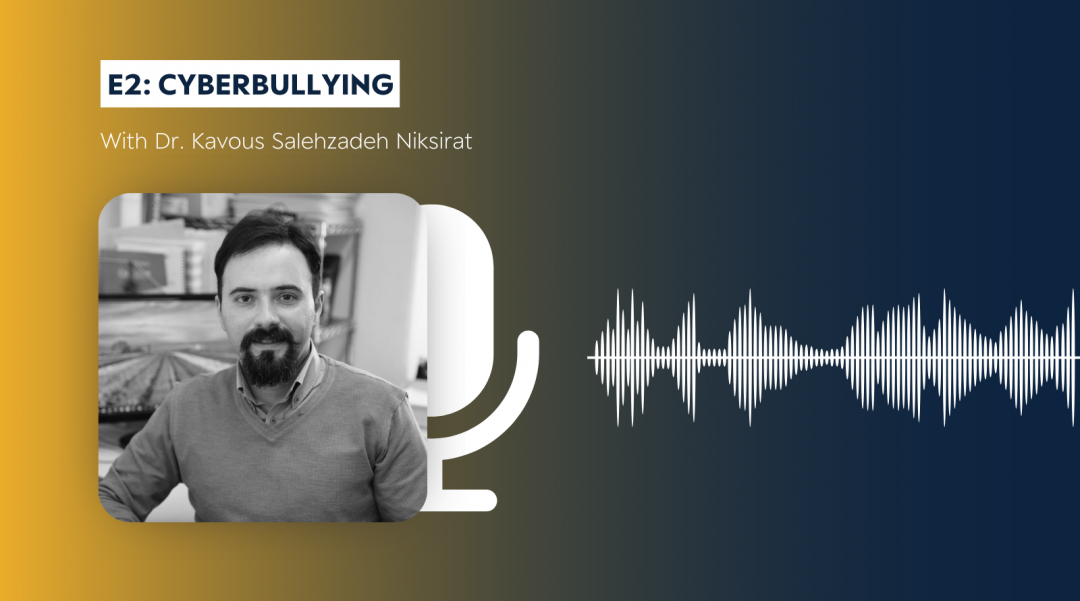First-time entrepreneurs can use the ‘search fund’ model, developed in the US, to help them find and buy a business in Europe. But they must be prepared to adapt the model’s implementation to fit the European market.
The search fund model
Across Europe a generation of small business owners are reaching retirement without a successor lined up to take over. Theoretically this situation, common to many major economies, creates an opportunity for aspiring entrepreneurs to buy, run and grow a business. But often these would-be entrepreneurs are young, early in their careers and don’t have the resources to find and acquire these companies.
To make this entrepreneurship opportunity more accessible, the ‘search fund’ business model has emerged in the US along with a standard playbook. The searcher assembles a group of investors who each put in about €20,000 to 30,000 to finance the search for a business over the next couple of years. When the searcher finds a suitable target then the investors fund the acquisition, usually alongside some additional debt. The searcher becomes CEO and gets some equity in the business. Some of the investors sit on the company’s board. After five to seven years the company is sold or floated and the investors get their return. Search, buy, manage, grow and then exit. That is the cycle.
However, research by Antonio Dávila, Professor at HEC Lausanne, University of Lausanne, and colleague Hakan Ener, College of Business Illinois State University (drawing on the experiences of European searchers and investors), shows that while the standard US search fund cycle remains the same, the implementation of the model must be adapted to work in Europe.
The European difference
For a start, the search fund investor community is much smaller in Europe than the US, says Dávila, who has been studying the search fund phenomenon for many years. So searchers must spend more time educating potential investors about the search fund model. Getting the right mix of investor experience is essential. “By now there are some investors in Europe that know the search fund model, so it’s important to bring those investors in at the same time as new investors. That makes the education process easier,” he says.
In the US, notes Dávila, the parameters for a search fund acquisition are well defined. The aim is to reduce risks and expenditure and maximize gains by targeting companies with a diverse customer base, predictable cash flows and low levels of capital expenditure. But this type of company is harder to find in Europe.
Searchers and investors need to be flexible. “You have to be prepared to consider companies where the customer base is more concentrated, companies that didn’t internationalize very quickly because they come from small countries,” says Dávila. “You may have to accept greater risk scaling up than in the US as you may have to scale across a set of countries.”
Another consideration, he says, is that exiting the investment will be slightly different as the IPO route is very unlikely in Europe.
The trust premium
Finally, in much of Europe, unlike in the US, financial information about private companies is readily available to the public. As a result there is more competition, from private equity firms, business brokers and other search funds, for the companies with the best growth potential.
Dávila stresses the importance of trust. “A big part of these transactions is how the seller feels about the searcher. The seller created the company and feels attached to it. They want to make sure it ends up in good hands. You have to win their trust. That’s even more important in Europe because of the increased competition.”
Ultimately, says Dávila, searchers in Europe must remember that the search fund model will work in Europe but it has to be adapted to the European market. “Don’t take the American playbook, come here and try to execute on it,” says Dávila, “because you are going to fail.”
- Scientific article “What makes search fund entrepreneurship different in Europe?”
Image © Kasto80 – Dreamstime.com




